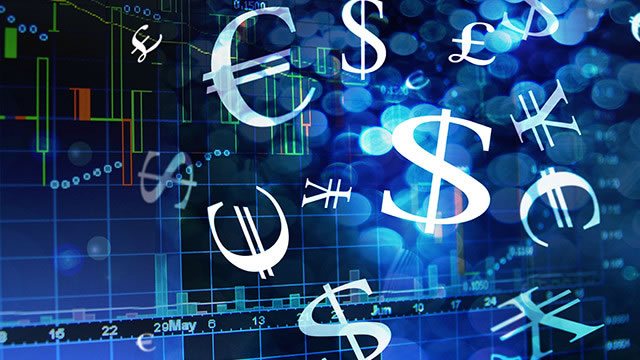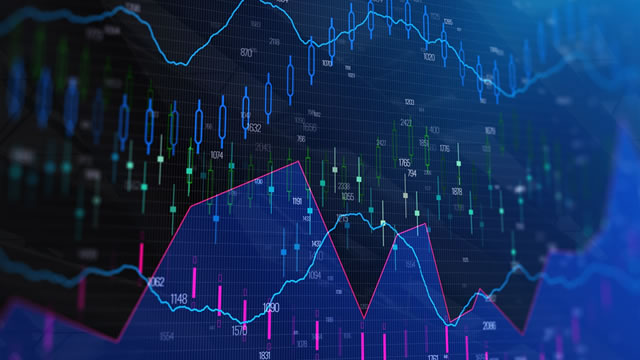Gold Prices Soar Above $3100: What Does This Mean for You and the World?
Gold prices broke through the $3100 barrier on Monday, reaching a new all-time high, as economic and geopolitical uncertainties continued to fuel safe-haven demand.
Factors Driving the Gold Price Surge
The gold market has been on a tear in recent months, with several factors contributing to its upward trend:
- Economic Uncertainty: The global economy is facing numerous challenges, including rising inflation, supply chain disruptions, and concerns over a potential recession. Gold is often seen as a safe haven during times of economic instability, making it an attractive investment for many.
- Geopolitical Tensions: Tensions between major world powers, such as the United States and China, have been escalating, leading to increased demand for gold as a hedge against potential conflict.
- Federal Reserve Policy: The Federal Reserve’s monetary policy has also played a role in the gold price surge. The central bank’s efforts to keep interest rates low have made holding gold more attractive, as the metal does not pay interest and is not subject to inflation.
Implications for Individuals
For individuals, the surge in gold prices could have several implications:
- Investment Opportunities: Gold is often seen as a safe investment during times of economic and geopolitical uncertainty. If you’re considering adding gold to your investment portfolio, now might be a good time to do so.
- Higher Costs: The rising price of gold could lead to higher costs for those who use it in their businesses or industries, such as jewelry manufacturers or electronics companies.
- Inflation Hedge: Gold can serve as a hedge against inflation. As the value of the dollar decreases due to inflation, the value of gold tends to increase, making it a potential protection against the eroding value of currency.
Impact on the World
The surge in gold prices could have far-reaching implications for the world:
- Currency Markets: The rising price of gold could put downward pressure on the value of the US dollar, as investors seek out safer assets. This could lead to currency volatility and potential instability in financial markets.
- Central Banks: Central banks around the world could be affected by the surge in gold prices, particularly those with large gold reserves. These banks might choose to sell some of their gold reserves to generate revenue, which could lead to further price increases.
- Economic Policy: The surge in gold prices could also impact economic policy, particularly in countries with large gold mining industries. Governments may need to adjust their policies to accommodate the changing market conditions and potential impacts on their economies.
Conclusion
The surge in gold prices above $3100 is a clear sign of the economic and geopolitical uncertainties that are currently plaguing the world. For individuals, this could mean investment opportunities, higher costs, and inflation protection. For the world, it could lead to currency volatility, central bank adjustments, and potential economic policy changes. Regardless of the implications, one thing is clear: gold is once again a hot commodity, and its value is likely to remain a topic of interest for investors and policymakers alike.
As always, it’s important to keep in mind that investing in gold or any other commodity carries risks, and it’s essential to do your research and consult with a financial advisor before making any investment decisions.





